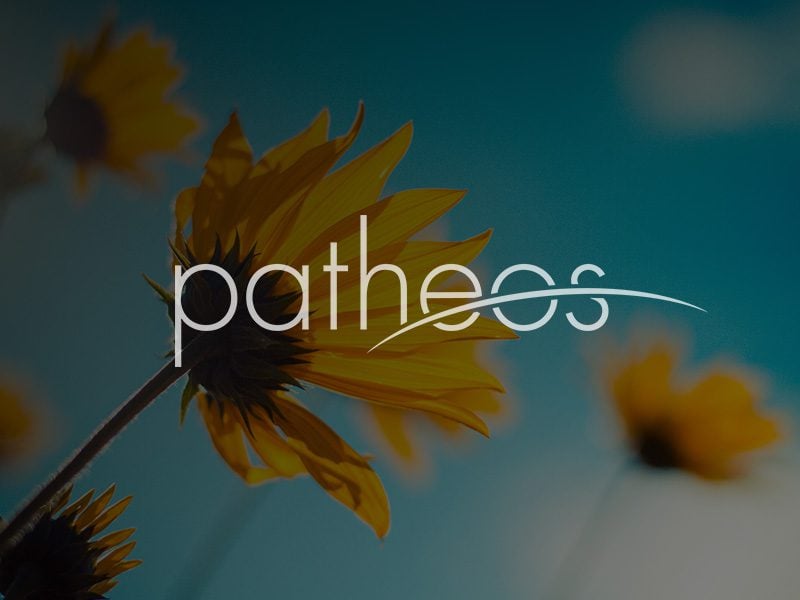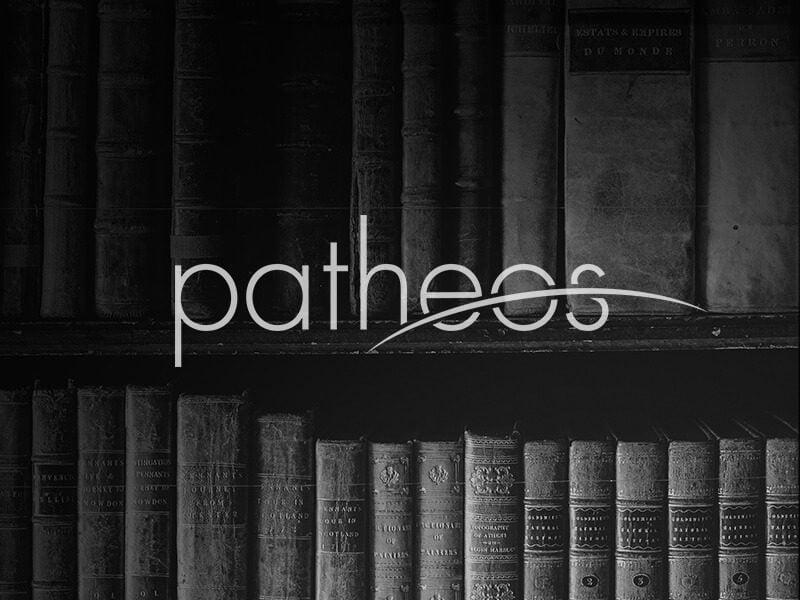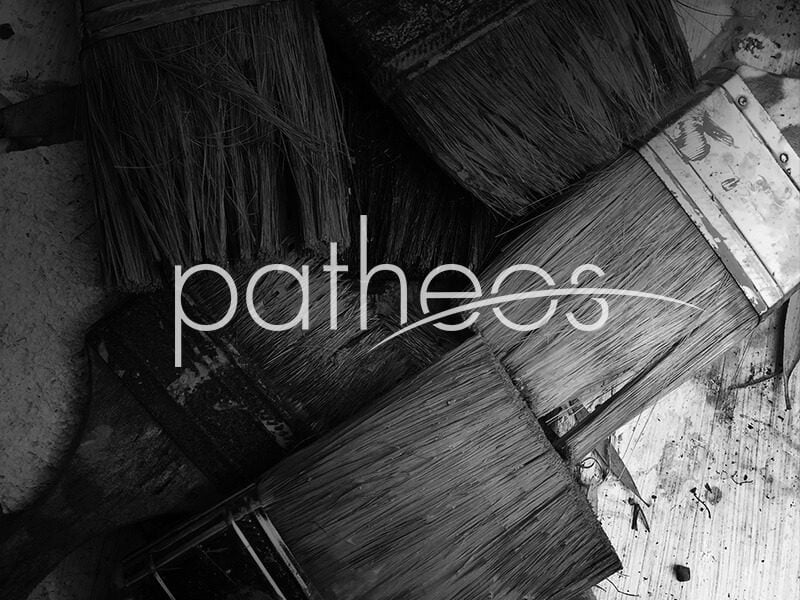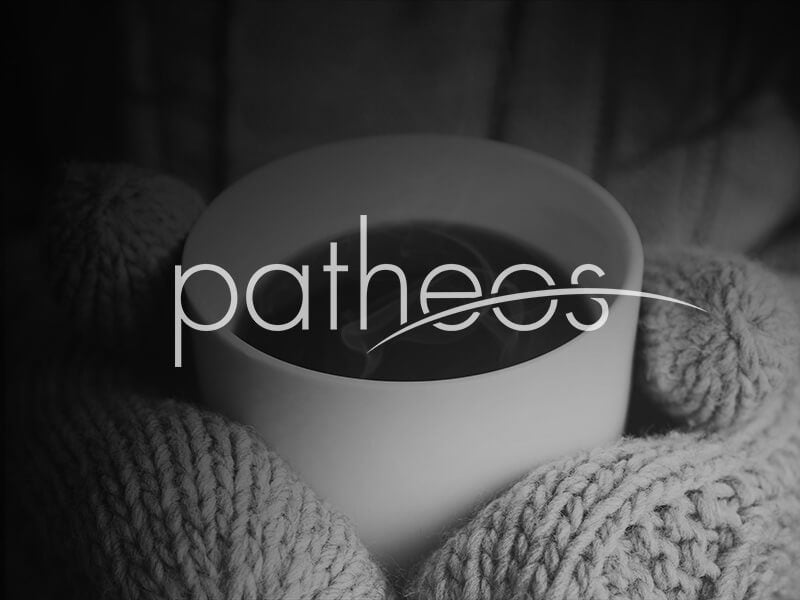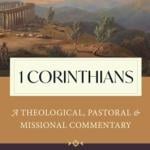INTRODUCTION Isaiah 8 ends with Judah stumbling into the darkness of exile. But Isaiah and his “children” have been delivered from the “way of the people” (8:11, 18). For them, light dawns. THE TEXT “Nevertheless the gloom will not be upon her who is distressed, as when at first He lightly esteemed the land of Zebulun and the land of Naphtali, and afterward more heavily oppressed her, by the way of the sea, beyond the Jordan, in Galilee of the... Read more


